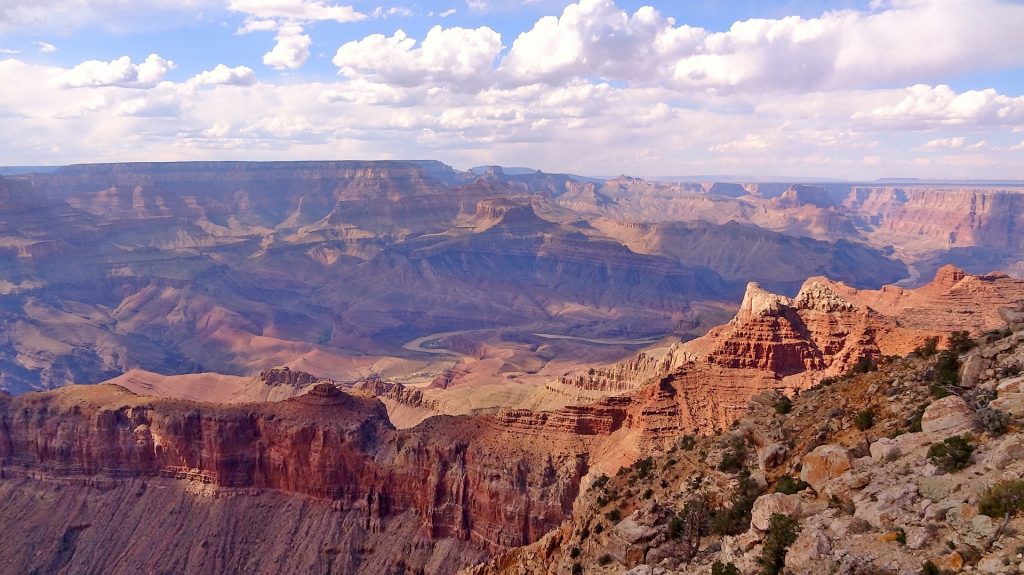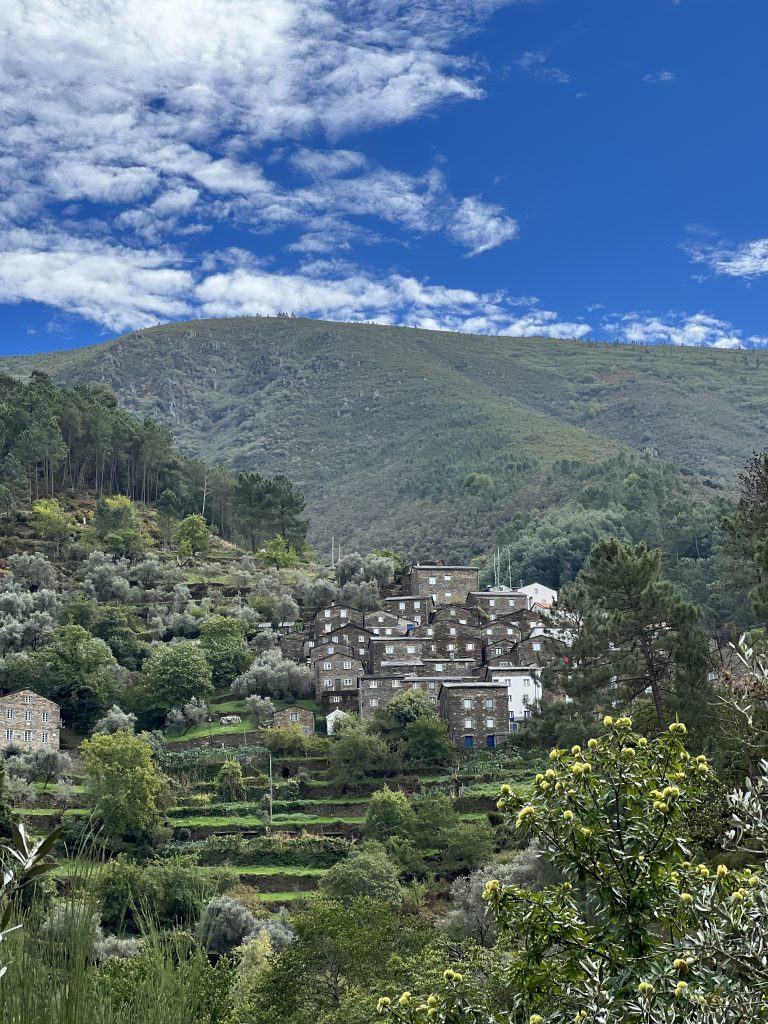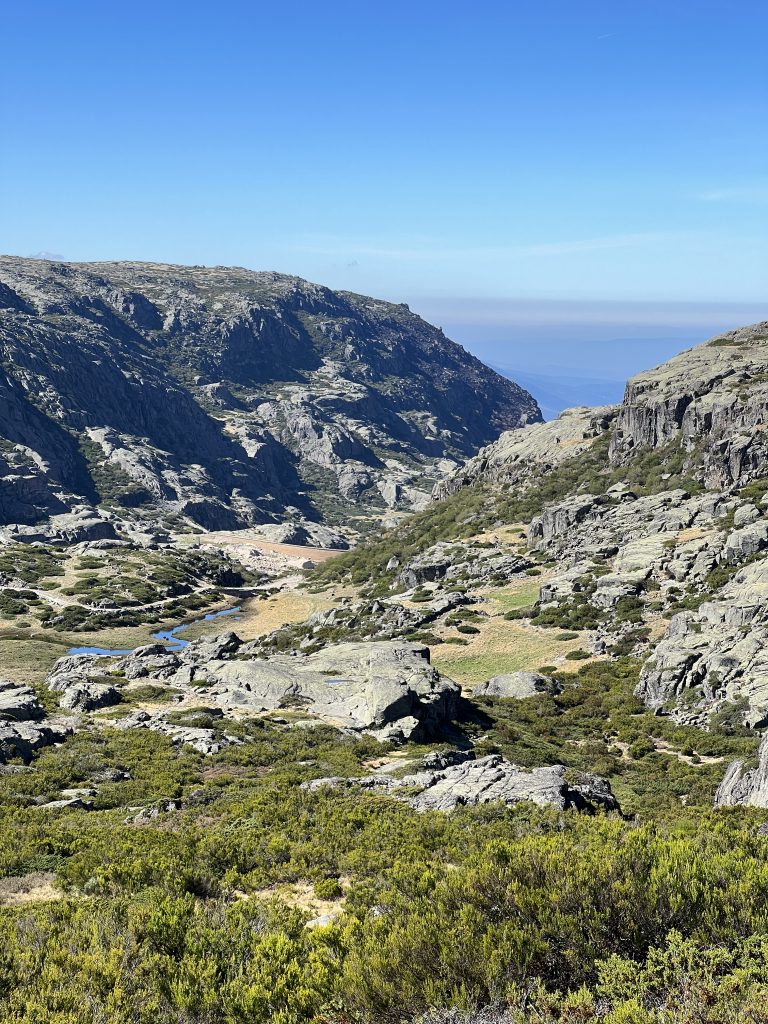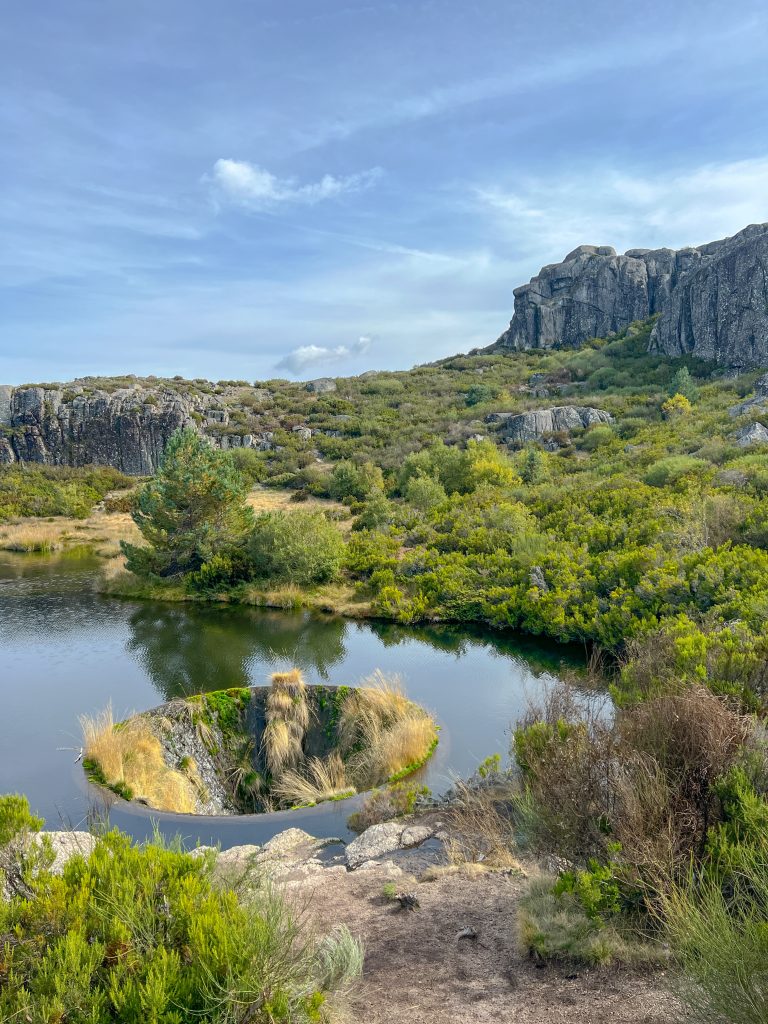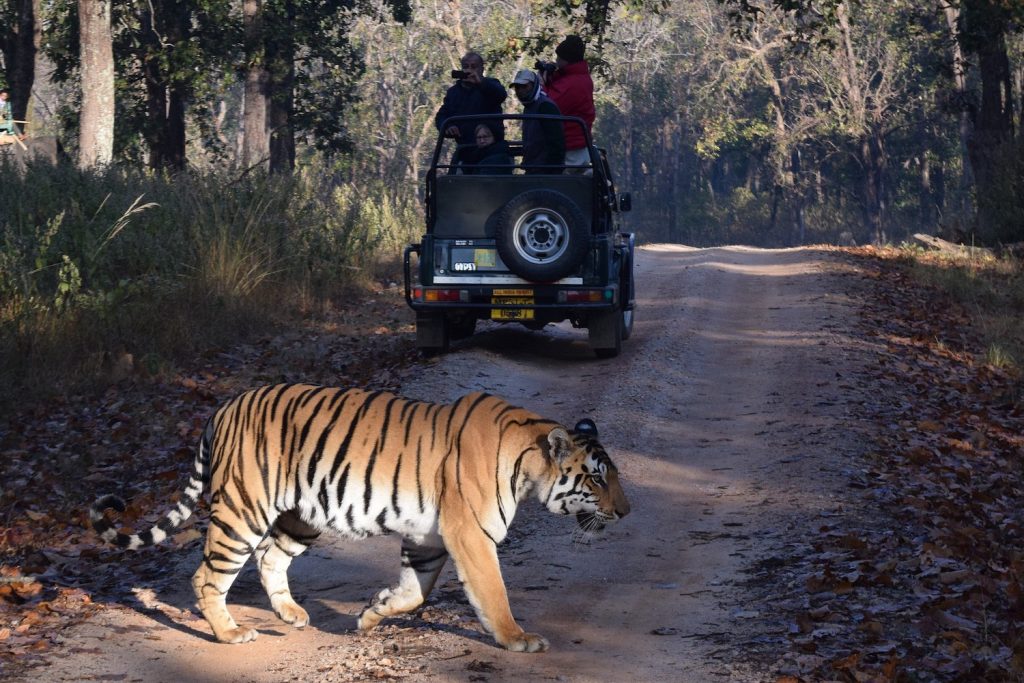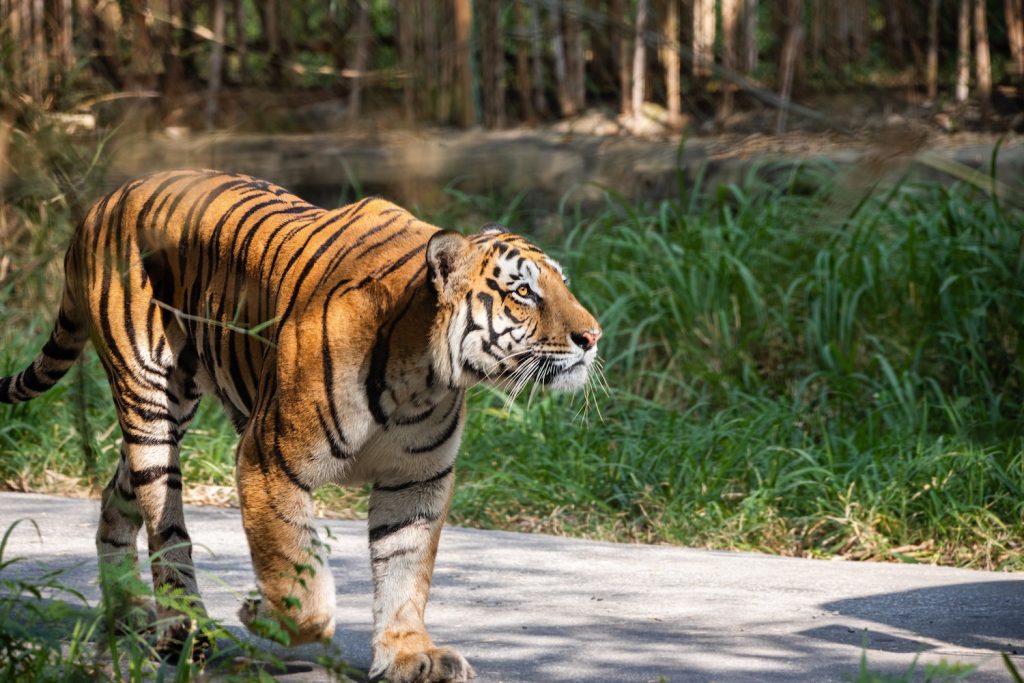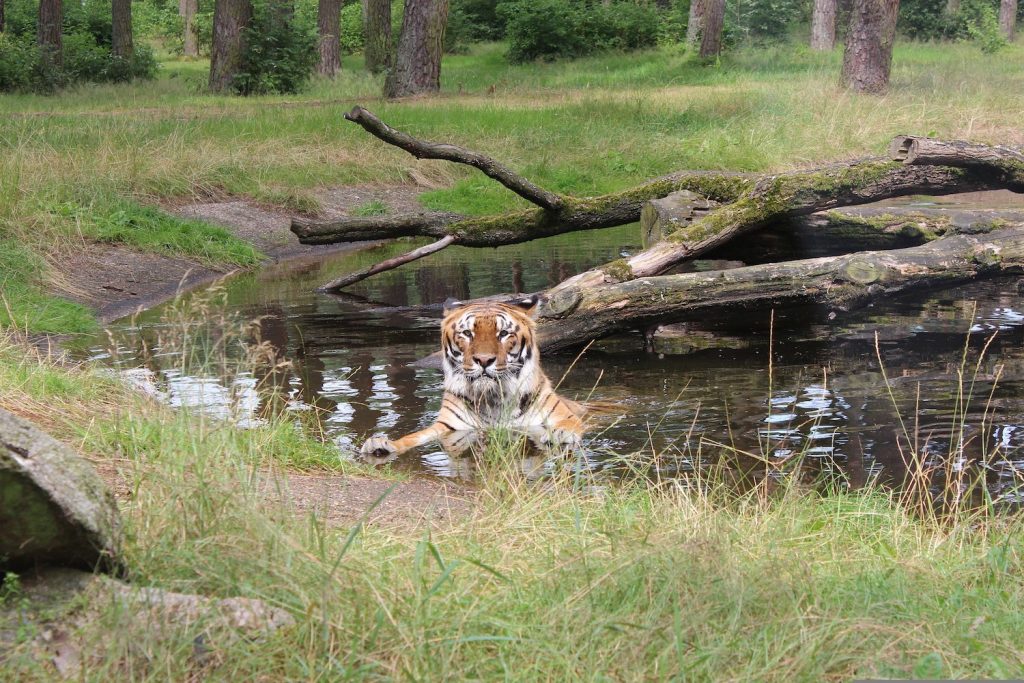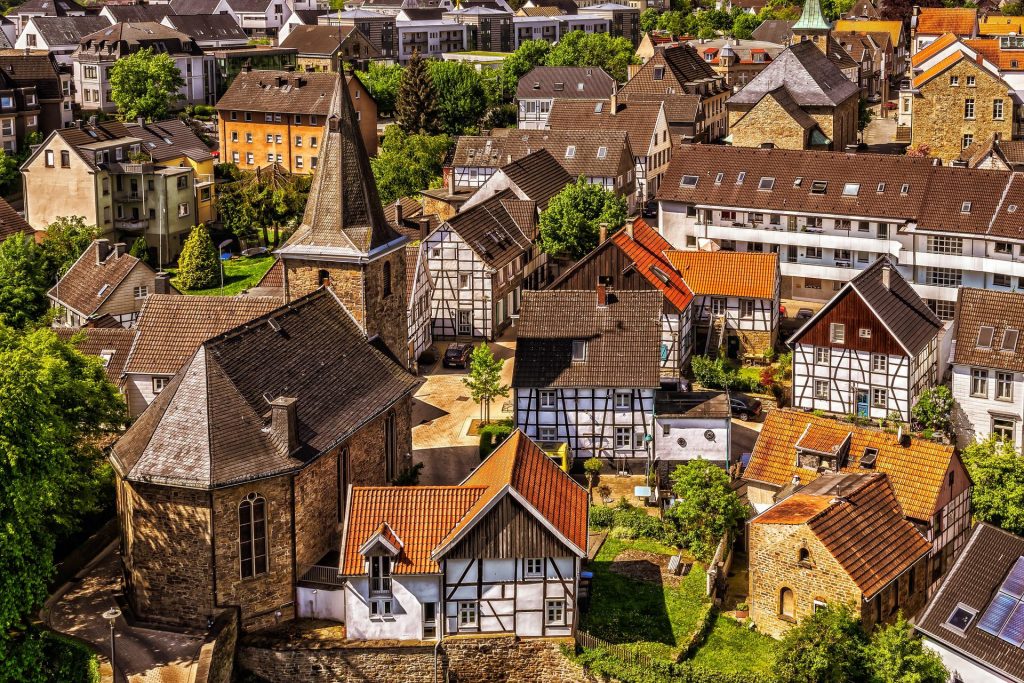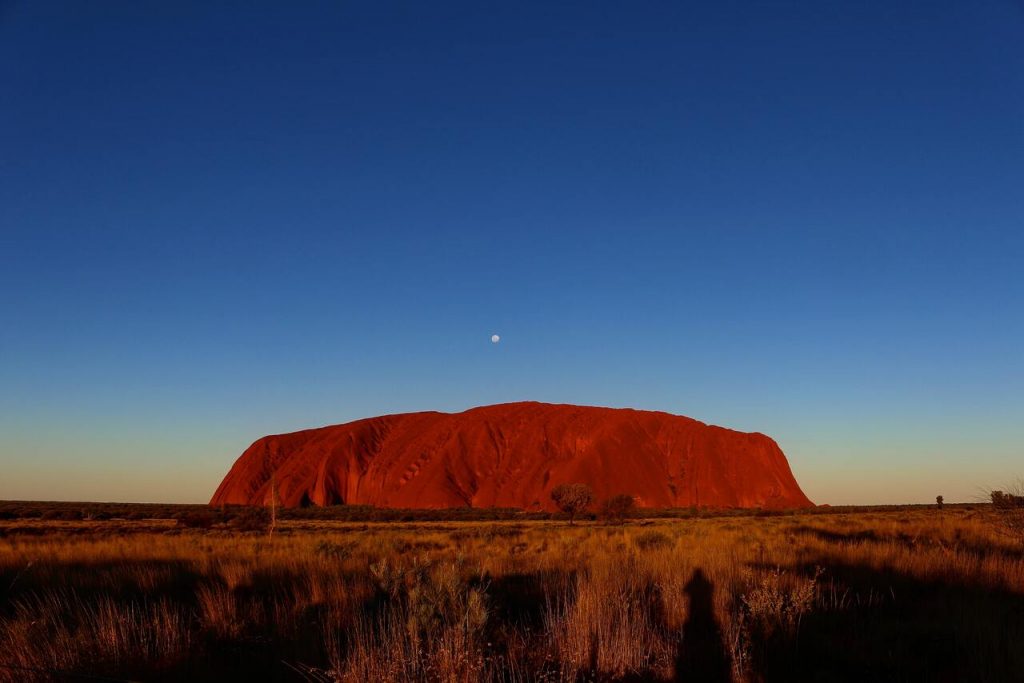Two Weeks in Kyoto: Everything You Need to Know

Japan had been on my list for a LONG time. For some reason though, I always struggled to make a trip happen. But finally, it happened! And since I was excited to make it here, I didn’t want it to be a quick trip.
In the end, we decided to spend 1 month total in Japan.
We spent the first two weeks in Kyoto and it was perfect. Every day was rewarding and we didn’t regret spending two weeks in this city at all. It’s calm, picturesque, friendly and full of activities and places to visit. The food is ever so tasty, it’s easy to get around and it’s also very affordable. It really was the ideal base.
We also were there during autumn and it was gorgeous as a result. The abundant nature and truly spectacular colors were far beyond anything we could have hoped for and it certainly helped make this an even more rewarding trip.
If you’re thinking of going to Kyoto, whether it’s for 2 days or 2 weeks, I hope the information below from my own experience proves helpful!
Accommodation
Since we were spending two weeks in Kyoto, we based our accommodation situation on three things – space, price and location. We work online every day so we wanted to have more space than a standard hotel room, which can be quite small in Japan. Of course, we also didn’t want to pay a fortune for accommodation either. And we preferred to be in a relatively central, but not overly touristy neighborhood.
After some searching, we found a place that matched all of the above.
Resi Stay Nishijin
For approximately $85 USD per night, we had a large studio (40 sq meters / 430 sq feet) with a small living room, two sofas, little kitchen, comfy beds and a balcony. It was quite modern, with the kind of bathroom and shower area that you want – Japanese style with all kinds of gadgets and settings. The wifi was strong, the heat and AC worked very well and it was spotless. Resi Stay has several locations in Kyoto but we chose the one on Nishijin. It was a local, quiet area, with small lanes full of quaint wooden houses, plenty of quality restaurants, a food market, good supermarkets and a bus stop in front of the building with buses that would take us anywhere we needed to go.
Also, since we love to walk all over the place, we were an approximate 30 – 60 minute walk from almost anywhere in the city. This suited us very well.
—
As Kyoto is a decent sized city, there are naturally a lot of different options for accommodation. I would recommend doing research first though on the type of neighborhood that you prefer to be based in. I know a lot of people immediately head for the Gion, Nishiki or Kyoto Tower areas but those can be very crowded. So it definitely depends on what you’re looking for.
Again, we managed to find a great deal on Booking.com for the Resi Stay Nishijin ($85 USD per night), so such deals are possible.

Food, Food, Food (You can eat it all with 2 weeks in Kyoto!)
Oh my. The food was incredible. Every single meal.
In the beginning, we would do a lot of research to find the best local restaurants to eat at. But by the end of our two weeks in Kyoto, we were confident that any place we went into would serve up a delicious meal, regardless of whether or not we could read the menu.
Some restaurants have English menus, some don’t. Some have photos of the dishes on the menus or on the walls, others don’t. Some also have beautifully artistic creations of their menu items in a display case in front of the restaurant or in the window, and of course, some don’t. So sometimes you know what you’re ordering and most of the time you have no idea.
Either way, eating in Kyoto and beyond was a major highlight of this trip.
Our food journey could be summed up by three categories:
1. Restaurants/Cafes – I could give a list of the places we ate at, but it’s not worth it. Trust me when I say that you just need to pop into any place you pass that looks interesting (especially if there’s a line of locals out front waiting to get in) and see how it goes. This was by far the best method of choosing restaurants and the success rate was 100%. From sushi to ramen, kaiseki to soba, Shojin ryori to okonomiyaki and everything in between, get ready for a food adventure like no other.
2. Nishiki Market – See below under activities. This place is food heaven and we visited this market several times in order to eat ALL the things.
3. Supermarkets – Kyoto’s fantastic supermarkets also played a role as there were several nights we just wanted to pick up some prepared food and eat back in our hotel room. Our favorite was Life Supermarket. The sushi at this supermarket was fresher and better than most sushi at proper restaurants in other countries. The set prepared meals (of which there are dozens) were always delicious too. This was such a cool way to eat here, and the shopping experience, which involved trying to figure out what most items were, was always super fun.
*Okay, I also need to mention the Japanese Fluffy Pancakes. If you don’t know about them, please make sure they are part of your Japan trip. We ate them more times than I’d like to admit. Insanely soft, fluffy, meringue based pancakes that can be made with all kinds of toppings such as fruit, chocolate, matcha, granola, caramel and more. Go to A Happy Pancake location (they can be found in many cities, including Kyoto, Osaka and Tokyo), stand in line and wait for a table and then enjoy what will undoubtedly be the absolute best pancake you’ve ever tasted.

Transportation
A lot of people talk about the Japan Rail Pass. It’s a pass that you can reserve before you enter Japan and it gives you unlimited rides on Japan Rail trains throughout the country. The price starts at about 30,000 JPY ($220) for 7 days, 47,000 JPY ($345) for 2 weeks and 61,000 JPY ($448) for 3 weeks. It’s a good deal if you’re going to use the trains often.
However, it’s worth doing research to see if this pass is indeed for you. We assumed we would need one, but after our research, we realized that it wouldn’t save us any money based on our particular itinerary. Since we were going to be in the Kyoto/Osaka region, then fly to Okinawa and then fly to Tokyo, the Japan Rail Pass was not suitable. In the end, our transportation costs were remarkably low, even without the Japan Rail Pass.
To start, we flew into Osaka Kansai Airport and this is what we did…
Arrival: Osaka Kansai Airport to Kyoto
Upon arrival at the Osaka Kansai Airport, we walked over to the airport train station went inside the JR Trains main office. The staff speak English and they can explain all of your transportation options.
We ended up purchasing the ICOCA Haruka Pass which was ideal for our stay.
It’s not exactly a pass though. It’s more like a card that you can top-up and use to pay for transportation on buses, subways and almost all trains (as well as vending machines and at some restaurants). The biggest benefit is a discount on the Kansai Express Haruka train from Osaka Kansai Airport to Kyoto. Since we needed to get from Kansai Airport to Kyoto and then back to Kansai Airport two weeks later for our flight to Okinawa, we got the round-trip discount.
We paid 5500 JPY ($40 USD) each for our ICOCA cards. This included 1500 JPY credit to be used on buses, trains and subways and a 4000 JPY roundtrip ticket for the Kansai Express Haruka train from/to the airport. In the end, we saved about 1000 JPY each on the airport train, making it very worthwhile.
Then, once we arrived in Kyoto, we simply used our ICOCA cards to tap on to buses, trains and the subway. It also worked for trains to Osaka and Nara, the subway in Osaka and for trains, subway and buses in Tokyo as well at the end of our Japan trip.
Trains – Again, we didn’t get the Japan Rail Pass because we realized that we wouldn’t be using trains often enough. We ended up taking the train from Kyoto to Osaka and back on one day and from Kyoto to Nara and back on another day. The total cost for those four train rides was 3360 JPY or $24 USD. That seemed like reasonable prices to us and the Japan Rail Pass would have cost a lot more than that. (We did use the Express train from Narita Airport to Shinjuku in Tokyo as well but the cost for that ride was 3050 JPY or $22 USD so it still didn’t justify purchasing the Japan Rail Pass since we only spent a total of $46 USD on trains.)
Buses – In Kyoto, the bus system is very easy to use. We used Google maps to figure out which buses we needed and then we simply used our ICOCA card to pay for each trip. The fare was 230 JPY per trip, which is only about $1.70 USD. We took the bus about 10 times during our stay for a total of $17.00.
Subway – We did not use the subway/metro system during our two weeks in Kyoto. Between the buses, taxis and walking, we covered everywhere we needed to go. However, we did take the subway/metro during our day trip to Osaka and it was also easy. We again used our ICOCA cards to pay for each ride, which cost either 180 JPY or 230 JPY depending on the distance. We took the subway 4 times during our day in Osaka and it cost us a total of 820 JPY ($5.85).
Taxis – Due to the favorable exchange during our stay, taxis were actually quite reasonable and far less expensive than we had imagined. We took 20 taxis during our 2 week stay in Kyoto and the total cost was 30,000 JPY or $214 USD. As we were in Kyoto in November, there were some cold and windy days where we simply wanted to get into a taxi and out of the cold. And since most rides cost $10 USD, it ended up being a good option. Also, the taxis are a cool experience with the automatically opening doors, extremely clean and roomy interiors and dedicated drivers who make sure they get you exactly where you need to go. There’s also no funny business so you can flag any taxi knowing you will simply pay the official metered fare.
Walking – We also walked a ton. Kyoto is a great walking city especially since it allows you to wander through random neighborhoods that you wouldn’t visit otherwise. This was certainly how we found many of our favorite restaurants, cafes, architectural curiosities, hidden temples and so on.

Activities for Two Weeks in Kyoto
With two weeks in Kyoto at our disposal, we took our time in terms of activities. We’re not the kind of travelers to make a list well in advance and to run around all day checking things off. We prefer to wake up, do some work (we both work online), look for a sight or area that seems interesting, head out for a late breakfast/early lunch and see where the day takes us.
During our stay, here’s where the days took us:
Fushimi Inari – Well worth visiting. This famous Shinto Shrine is dedicated to the god of rice and is home to thousands of orange torii gates that line the long pathway that loops around the hillside. We did the full 1.5 hour walk up the hill and back down again and it was beautiful. The higher up you go, the less tourists and the more time you have to soak up the peaceful setting.
Kinkaku-ji Temple – This temple is located in the west of Kyoto and it was our favorite. Kinkaku-ji is a Zen temple that is covered in gold leaf. It’s location, right on the edge of a small lake, makes for a mighty eye-catching sight. Naturally, the gardens around the temple were meditative too and there’s a nice path to roam around.
Nijo Castle – An impressive castle in the center of Kyoto that was once home to powerful shogun that ruled over Japan for 200 years. The site consists of a castle and palace but the palace was closed for renovations when we were there. But the wooden castle was quite a display of the shogun’s wealth and power with its endless rooms, intricate wood carvings, painted panels and sheer size. The grounds surrounding the castle, along with the very pleasant tea house/garden, made for a nice visit too.
Philosopher’s Path – This was a short and reflelction-inducing 2 km walk along a meditative tree-lined canal surrounded by nature and traditional homes. It’s located between the Ginkaku-ji and Nanzen-ji temples on the east side of the city. If you walk slowly and visit several temples along the way, you can turn this activity into an all day event. This is especially the case if you stop for a coffee/pastry break at the cozy Botanic Coffee Kyoto halfway along the path.
Nishiki Market – This massive covered market stretches along one lane for what seems like an eternity. You enter one end and good luck trying to get to the other end without stopping dozens of times to try all kinds of street food being served at the food stalls along the way. Squid on a skewer, sea urchin, fried shrimp, omelette sandwiches, chicken katsu, roasted chestnuts, endless pastries, so many forms of mochi, dumplings, tofu and on and on and on…it never ends and it’s the perfect place to spend a couple of hours trying every food item you can. At the east end of the market, there is also a non-food market that stretches along two covered lanes going north to south. You can find some interesting shops here, including those that sell traditional Japanese artwork, so its worth exploring too.

Kyoto Sanjo Shopping Street – A smaller version of Nishiki market, if this street is close to where you’re staying, it’s also worth visiting for some delicious food. It closes at 5:00pm so it’s more of a lunch area, but with its food stalls and tiny restaurants, there is an infinite amount of options and it’s much less crowded than Nishiki Market.
Gion – This is the well-known geisha district of Kyoto and it needs to be visited, at least once. It’s quite crowded with tourists during the day but if you duck away from the main streets, it quickly becomes more quiet. Traditional buildings and homes, picturesque wooden bridges, high-end restaurants on Hanamikoji Street, endless shops selling all kinds of Japanese food items and even more temples to enjoy can be found here. We visited this area twice, once during the day and once at night. During the day, we walked from Kennin-ji Temple (with its stunning paintings and Zen garden) to Hokan-ji Temple (famous for its 5-story pagoda), up to the Yasaka Shrine and then wandered through every lane we could find. At night the neighborhood is much quieter and more atmospheric with all the lanterns and lights, with some places to eat and several bars as well.
Miyagawasuji – This neighborhood is a quick 10 minutes walk south of Gion and the difference was notable. As one of the other last remaining geisha districts, it’s home to traditional homes and shops, tiny local eateries and some of the quaintest streets in Kyoto. However, there were very few visitors in this area. It’s a small neighborhood but definitely a unique place to visit to soak up a Gion-like vibe without the crowds.
Tea ceremony – We found a simple tea ceremony in the Gion neighborhood (Tea Ceremony Camellia) where we could learn about the tea tradition in a nice setting. The session was only 50 minutes but there were only 6 people participating, making it more intimate. The hostess was an elegant, refined woman who taught us about and demonstrated the traditional tea-preparation methods. We then prepared our own tea, drank it and that was that. It was a very pleasant activity.
Temples – We visited so many temples during our two weeks in Kyoto that I can’t name them all here. If we saw a temple, we would often poke our head into the entrance of the grounds. If something attracted us, we would go in (most temples charge between 300 – 1000 JPY entrance fee). We went into huge temples and tiny temples, and all kinds in between. While walking around random neighborhoods, we always kept our eyes open for some of the more hidden temples, sometimes located in residential areas. These were quite interesting as they would have no visitors and while small, they were often a peaceful oasis.

Arashiyama – Home to the famous bamboo forest, and also home to the biggest tourist crowds we saw during our entire trip. It threw us off as soon as we stepped off the local bus as there were just so many people. To get away from the crowds, we ducked into the Hogon-in Zen Buddhist temple since it seemed quiet. Luckily, it was and we were treated to some of the most wondrous and colorful autumn scenery we could have hoped for. The tranquil gardens immediately put us at ease. After this nice break, we walked straight to the Bamboo Forest which was, as expected, full of people walking shoulder to shoulder along the path. We walked quickly and at the end, we turned right along another path and kept walking. After 5 minutes, the crowds disappeared and we enjoyed a peaceful wander through local neighborhoods and nature. We soon reached Saga Toriimoto (by accident), a well-preserved street full of traditional style homes. That led us to the Adashino Nenbutsuji Temple which had only 2 other people inside, its own (uncrowded) bamboo forest and thousands of interesting stone memorial statues.
This is what I love about travel – the randomness of days like this.
After the temple, we started walking towards Kyoto center (which was 2 hours away by foot). After 30 minutes, we came upon a simple cafe called Cafe Yamamoto and went inside. We were treated to a memorable experience with delicious home-made cakes, excellent coffee, a cozy interior and very friendly staff. It was a highlight being inside this welcoming, random place.
Imperial Palace – We never really planned to visit the massive Imperial Palace complex in the center of Kyoto. But on our last day, we had some free time so we walked over. And it was great. The massive grounds is basically a park, with plenty of paths to stroll along and as you guessed by now, no shortage of beautiful nature to enjoy. The Palace itself is open to everyone, for free, so you simply enter the main entrance. You can then take a guided tour or walk around on your own. It’s a large site so you need at least an hour.
Random neighborhoods – One of our favorite activities, which we spent some time almost every day doing, was to simply start walking. The goal was to walk through random neighborhoods and see what we found. Often, in these neighborhoods we would grab a local lunch or a coffee or a traditional pastry for an afternoon snack. One example was when we ended up in Nishimachi, an odd area away from the tourists where the local shops have monsters in front of their shops as a way to attract customers. So I definitely recommend giving yourself plenty of time to roam around Kyoto without a plan! I’ve written about my 5-minute rule to having local experiences and Kyoto is a solid destination to put it into action.
Day Trips
We do prefer slow travel, so we really enjoyed getting to know Kyoto more than if we had stayed for only a couple of days. We also really loved the quiet, traditional atmosphere of Kyoto. But of course, there’s so much to see in Japan so we needed to go beyond the city limits as well. On two occasions, we left Kyoto to visit other cities.

Day trip #1: Osaka
Here’s how our day trip to Osaka went:
- Took a 45 minute train from Karasuma Station in Kyoto to Osaka Umeda Station
- Went straight to lunch at Kaiten Sushi Sakae (had to try the sushi belt experience!)
- Took the metro over to Osaka Castle and visited the extensive gardens
- Hopped on the metro and went to wander around the Shinsekai neighborhood, known for its 100+ year old colorful shopping district
- Walked across the city to the Shinsaibashi area to check out the Shinsaibashi-Suji Shopping Street, eat some Japanese fluffy pancakes and soak up the energetic atmosphere
- After sunset, strolled around to check out all the activity with the massive brightly lit neon signs, endless eateries, markets, shops and crazy crowds
- Did some food tasting throughout the lanes of the famous Dotonburi area and still kept room for a seafood dinner as well
- Found ourselves trying some Japanese whisky at a random bar on a random street corner
- Took a train back to Kyoto later at night

Day trip #2: NARA
This was another perfect day trip. We boarded a train at Kyoto Station and 45 minutes later we were in Nara. And we ended up staying in the town for the entire day, getting back to Kyoto at around 9:00pm. Here’s what we did:
- Walked from the Nara train station through the quaint center of town, along Sanjo dori Street
- Had an excellent ramen lunch at Genkishin
- Spent a lot of time roaming around Nara Park, home to temples, shrines, gardens, nature walks and thousands of wild deer that bow their heads in hopes of getting food from passersby
- Walked along many of the paths throughout the parks in order to enjoy the nature
- Visited the 1300 year old Todaiji Temple that is one of the largest wooden structures in the world and home to a huge 15 meter high bronze Buddha statue
- Went for a wonderful sake tasting at Harushika Sake Brewery (500 JPY / $3.75 USD for 6 types of local sake)
- Went to the historic Nara Hotel for an afternoon snack at their tea lounge (the hotel has hosted emperors, royalty, presidents, popes, actors and many more)
- Walked back through the parks to the Kasuga-taisha Shinto Shrine
- One last slow meander through the parks during the evening, then through the center of town (maybe stopping along the way to enjoy some street food!) and back to the Nara train station
- 45 minute train back to Kyoto
That sums up our two weeks in Kyoto and the surrounding region! If you have any questions at all about visiting this area, please don’t hesitate to reach out and I’d be happy to assist. Enjoy your trip to Japan!
The post Two Weeks in Kyoto: Everything You Need to Know appeared first on Wandering Earl.

